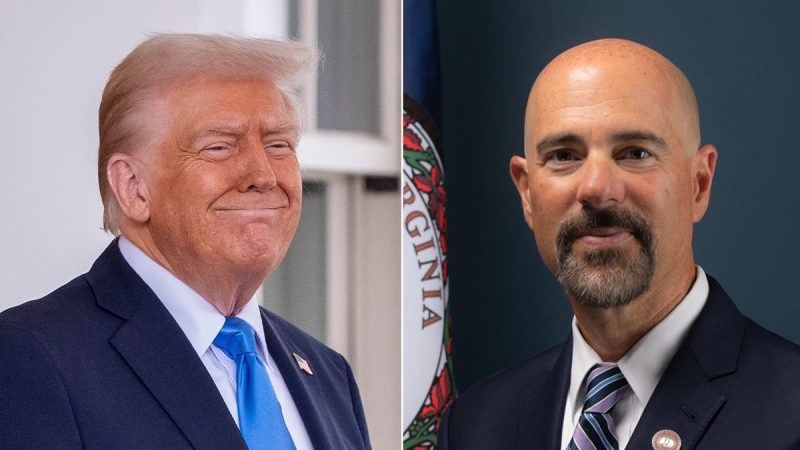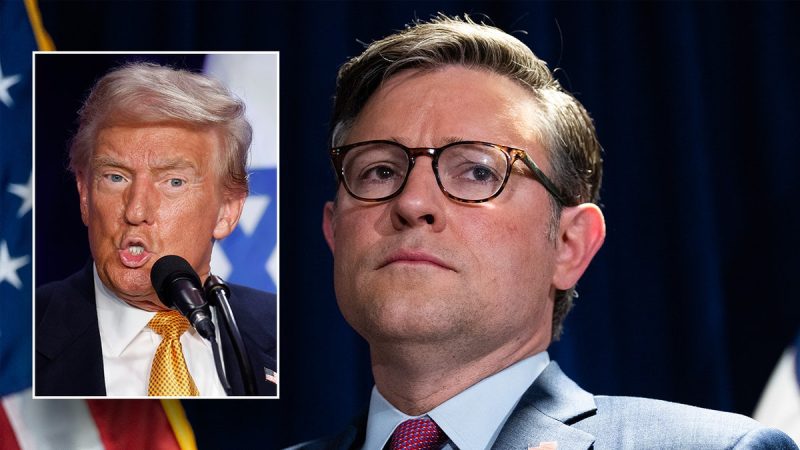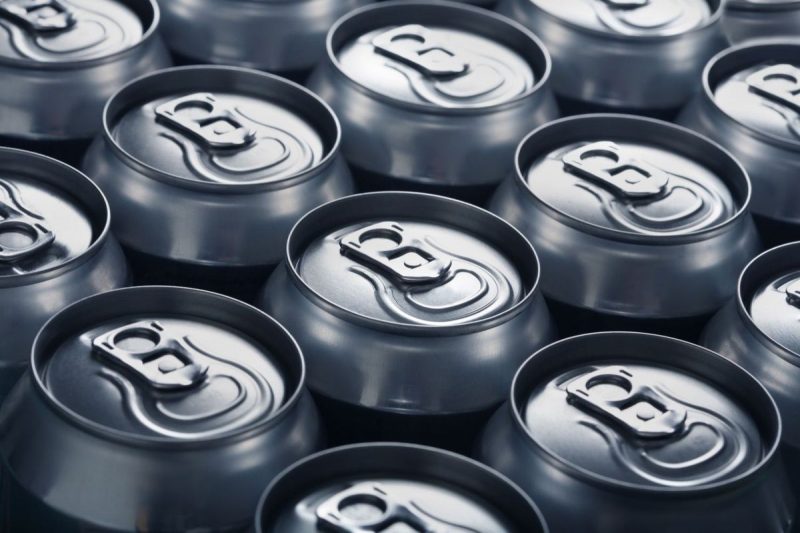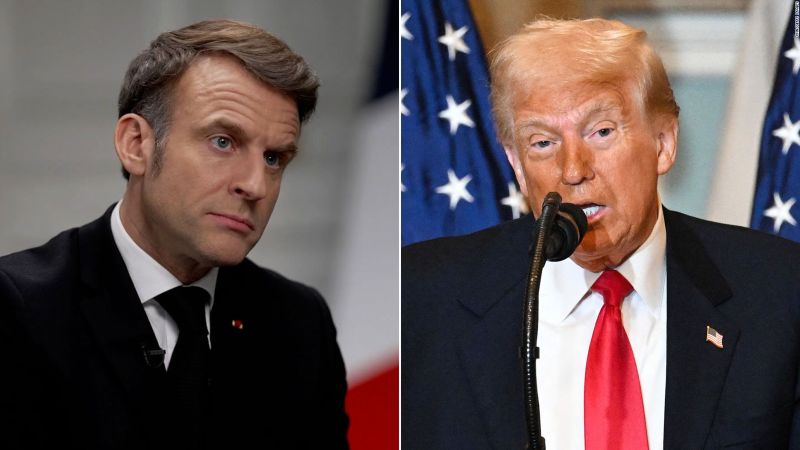

The need to ramp up US production of critical metals was a focal point during Oregon Group founder Anthony Milewski’s presentation at this year’s Vancouver Resource Investment Conference (VRIC).
At the event, he spent 15 minutes outlining how US President Donald Trump could reshape the mining industry.
Pointing to China’s dominance in markets like copper, nickel and rare earths, Milewski stressed the need for regulatory support and tax incentives. Additionally, he emphasized the national security importance of these minerals.
As an example of how this theme can translate into gains for investors, he highlighted the journey of Perpetua Resources (TSX:PPTA,NASDAQ:PPTA) an Idaho-focused company that has long been developing the Stibnite project.
“Within the last two months, they have received over a billion dollars from the US government, because it’s a gold mine with an antimony credit — the stock price has performed fabulously,” he told the audience.
“In terms of opportunity, I think what it means is that investors need to relook at these domestic based projects.”
Stibnite’s antimony credits have not only opened the door for Perpetua to get government funding, but are also helping the company expedite the permitting process. In a late January press release, Perpetua praised Idaho Governor Brad Little’s Executive Order, dubbed SPEED, the Strategic Permitting, Efficiency and Economic Development Act.
The order establishes a SPEED Council to improve coordination among state agencies, reduce permitting delays and drive forward projects that promote energy independence, national security, and economic growth.
The need for an efficient and expedited permitting process was also underscored by Milewski.
“It can no longer take 15 years to build a mine, or we are going to continue to see consolidation by China,” he said, suggesting that regulators find tax and other incentives to support new projects.
“This is no longer a matter of who’s going to build your electric vehicle — China is going to dominate that industry. This is now going to become a matter of strategic relevance to our sovereignty, to our military. To whether or not we have a copper industry, a nickel industry; do we have antimony, gallium, germanium, rare earths?’ Milewski continued.
‘So I think that this has really sparked an awareness in America.”
Trump and cross-border cooperation
Milewski also stressed the need for strong partnerships and supply chains between the US and Canada, noting that this extends beyond mine building to encompass refining and processing.
“It’s two parts. It’s the opportunity to build the project, but then it also is important that we see more refining capacity being built out, because you need both in order to make this interesting,” he said.
Switching to the topic of Trump’s proposed tariffs on Canada, Milewski called the threat “noise and bluster.”
However, he lent more credence to the president’s proposal to acquire Greenland. “I think they’re serious about Greenland. I think that that’s actually something that they intend to do, if they can,” he said.
He sees the desire to attain Greenland as being fueled by the US government’s increased focus on securing domestic supply chains for critical minerals amid rising geopolitical tensions. Greenland’s move toward self-determination, China’s firm stance on Taiwan and the ongoing war in Ukraine have underscored the strategic importance of resources like rare earths, antimony and cobalt, which are vital for the defense and technology sectors.
Milewski explained to listeners at VRIC that the US maintained large stockpiles of critical minerals during World War II and the Cold War, but later sold them off, leaving its supply chain vulnerable. Now, policymakers are reconsidering stockpiling and domestic mining, with potential projects in Alaska gaining attention.
If the US moves to rebuild its reserves of key commodities, there could be major price swings in minor metals, where even small market shifts create volatility. For investors, this presents significant opportunities, as mining equities offer leveraged exposure to these potential supply disruptions and policy changes, he added.
“I think the market is lining up to be incredibly bullish for most commodities,” he said.
Be ready for spiky silver to move
Attitudes were similar at VRIC’s silver outlook panel, which was moderated by Jesse Day of Commodity Culture, and featured Jeff Clark, Peter Spina, Peter Krauth and Glenn Jessome.
The panelists honed in on the metal’s strong performance in 2024, when prices rose as much as 46.62 percent by October and ended the year at US$29 per ounce, a 22 percent increase from US$23.68 at the start of the year.
Day pointed to the discrepancy between silver’s stellar streak and the performance of silver equities.
“We know from history that silver is very spiky,” said Jeff Clark, editor of Paydirt Prospector.
“There’s been 10 to 12 major spikes in silver since the 1970s, and the time in between is very boring … (but) then all of a sudden it takes off, and the move is, frankly, sometimes violent,’ he continued.
‘You have to be prepared. You have to be in before that happens, and that includes the equities.’
Clark went on to explain that silver has been in a bear market for over four years since being propelled higher during COVID-19 peak, but history suggests sentiment will eventually shift.
“As far as catalysts go, it could be anything. Roughly half of all the catalysts for gold and silver since the 1970s have been black swans, so you don’t have to try to predict what the catalyst is going to be. You just have to be invested at an appropriate, meaningful level before the next one kicks in,” said Clark.
Silver squeeze still to come?
Picking up on Clark’s points, Peter Spina, president and CEO of GoldSeek.com and SilverSeek.com, underscored the supply and demand fundamentals for the precious and industrial metal.
“We have huge structural supply deficits,” he told the VRIC audience.
“We have a lot of things going in favor of silver right now — the silver squeeze didn’t really materialize as many people had hoped, but we are closer to an actual silver squeeze now than we were years ago.”
According to a November report from Metals Focus, the silver market is poised to record its fourth consecutive deficit in 2024, driven by strong industrial demand and limited supply growth.
The market overview projects that global silver demand will rise 1 percent to 1.21 billion ounces, with industrial use — especially in solar panels and electric vehicle technology — surpassing 700 million ounces for the first time.
Although mine production in several regions is on the rise, building demand from green energy and electrification has tightened supply, leaving the market structurally undersupplied, the report explains.
These fundamentals have added tailwinds to the silver price, which currently above US$30.
“The silver price is starting to push into some really interesting territory where we could see another big move. These things happen very quickly. It is a very volatile metal, and you have to have an appropriate time perspective and stomach for this market at times,’ Spina explained during the panel.
“But if you take a mid to longer-term view of this market, I think the risk reward is quite appealing right now.’
Silver strong long term, patience needed
For Peter Krauth, editor of Silver Stock Investor, silver has strong long-term upside, but patience is key.
He explained that although the silver market is in deficit, secondary inventories have prevented the strong price breakout many investors are looking for. However, now this source of supply is being more and more depleted.
Krauth reiterated Clark and Spina’s points about being in the right place at the right time.
“You have to be in this space,’ he said. “You can’t benefit or profit from it if you’re not there.”
While juniors offer higher risk and reward, Krauth noted that silver investors don’t have to bet on juniors.
He explained that in previous cycles, larger players like Silver Wheaton — now Wheaton Precious Metals (TSX:WPM,NYSE:WPM) — and Pan American Silver (TSX:PAAS,NASDAQ:PAAS) saw massive gains.
Stay tuned for more event coverage, including video interviews with many of the experts who attended.
Securities Disclosure: I, Georgia Williams, hold no direct investment interest in any company mentioned in this article.





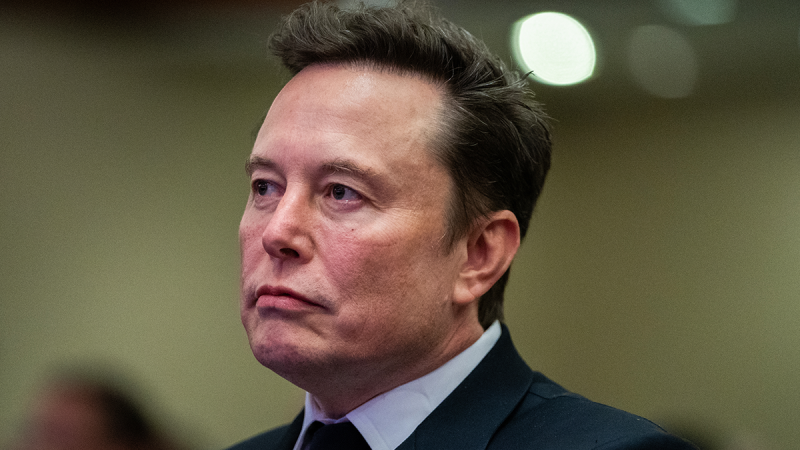




 Brightstar Resources (BTR:AU) has announced CAZ: JV Secured Over Advanced Gold Project in WA
Brightstar Resources (BTR:AU) has announced CAZ: JV Secured Over Advanced Gold Project in WA
